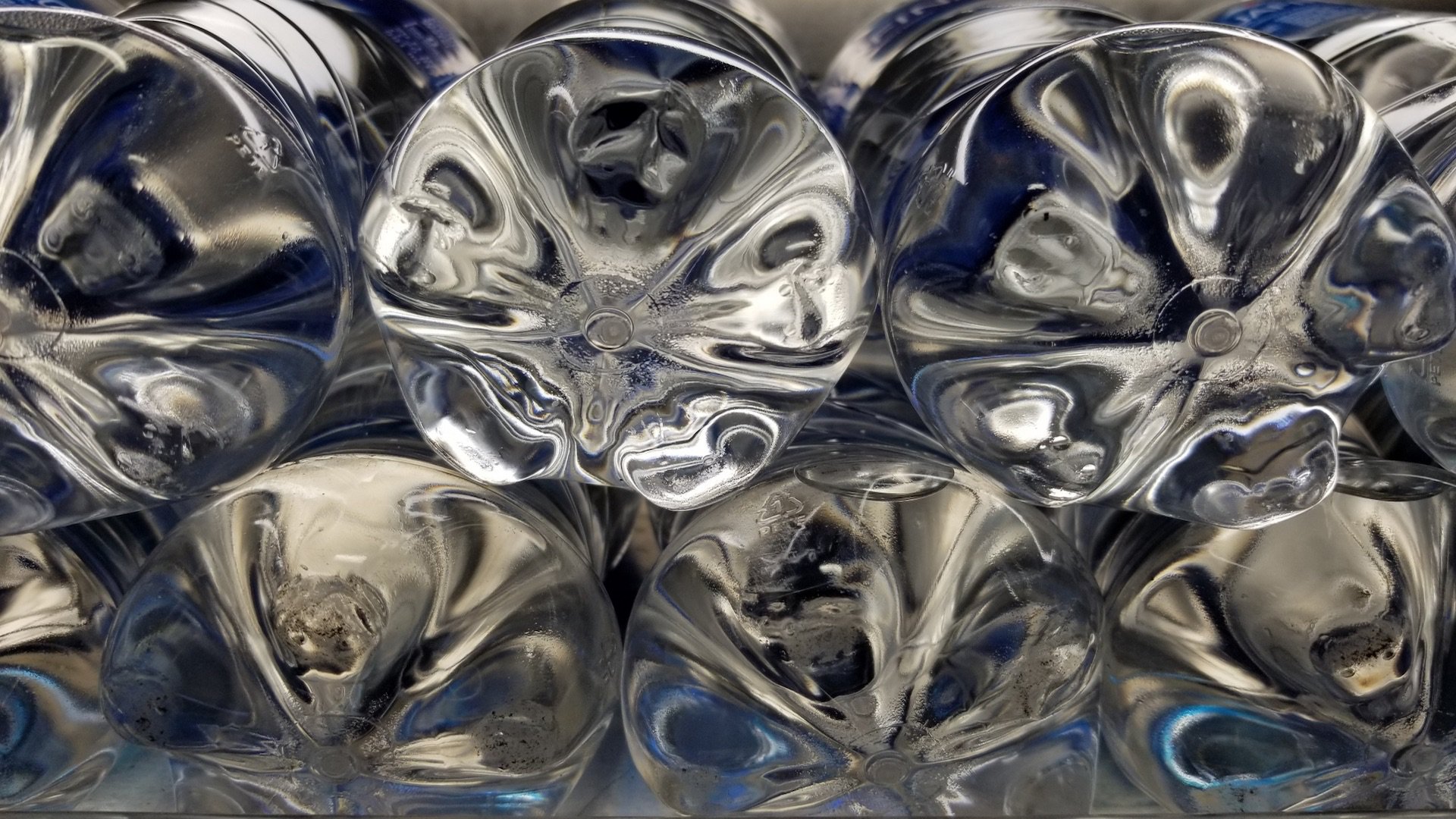PET peeve
PET (short for polyethylene terephthalate) is a long, chainlike plastic molecule also known as a polymer. PET can be recycled. It is heated and deformed during the normal recycling process. However, the remnants that second-generation PET is made of is often not strong enough. Another approach is the chemical breakdown of PET into its building blocks under the influence of special enzymes. These enzymes cut the PET molecules, the polymers, into pieces until the smallest possible building blocks remain. With the building blocks that are created in this way, new PET can be produced again. So far, the main focus has been on naturally occurring enzymes to achieve this, such as enzymes from bacteria and fungi. For example, the bacterium Ideonella sakaiensis was discovered in 2016 , which can completely break down PET and use it as an energy source. Unfortunately, the enzymes of these microbes were not efficient or fast enough for industrial purposes.
Naturally imitated
A French team of scientists developed a synthetic PET depolymerase in the lab. A depolymerase is also such an enzyme that can cut PET into pieces. Using 3D computer models, they have adapted the structure of a naturally occurring enzyme in such a way that it binds better to the PET molecules. The transition from PET to building block is therefore much more efficient. Experiments show that their enzyme is able to break down 90% of the PET into its building blocks within 10 hours. The cost of the amount of enzyme required to process one ton of PET is estimated to be only about 4% of the production cost of one ton of new PET. A considerable amount of sodium sulfate is also produced as a by-product during this recycling process, for which various industrial applications exist. All in all, this renewed PET recycling, which was "invented" a while ago by microbes, is a promising development towards a circular economy with less plastic waste.

